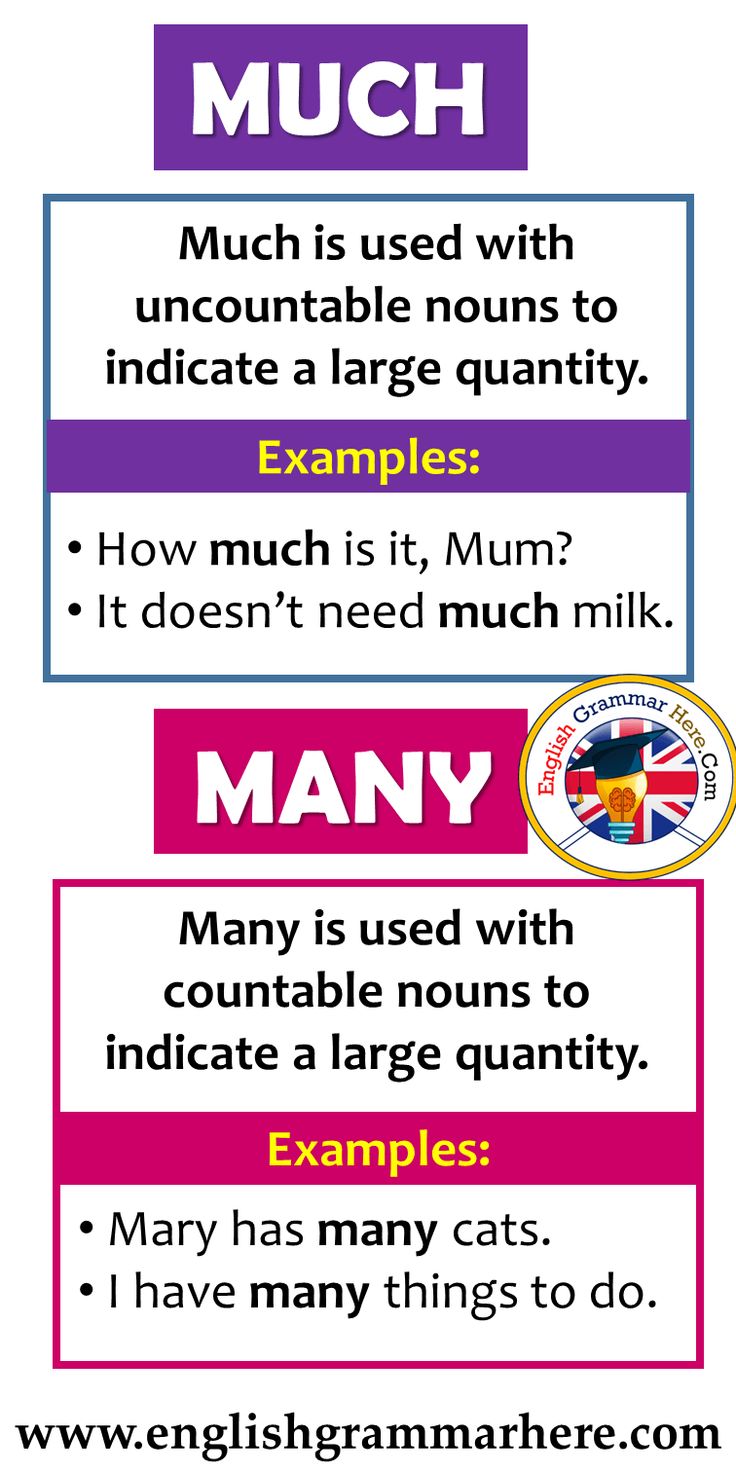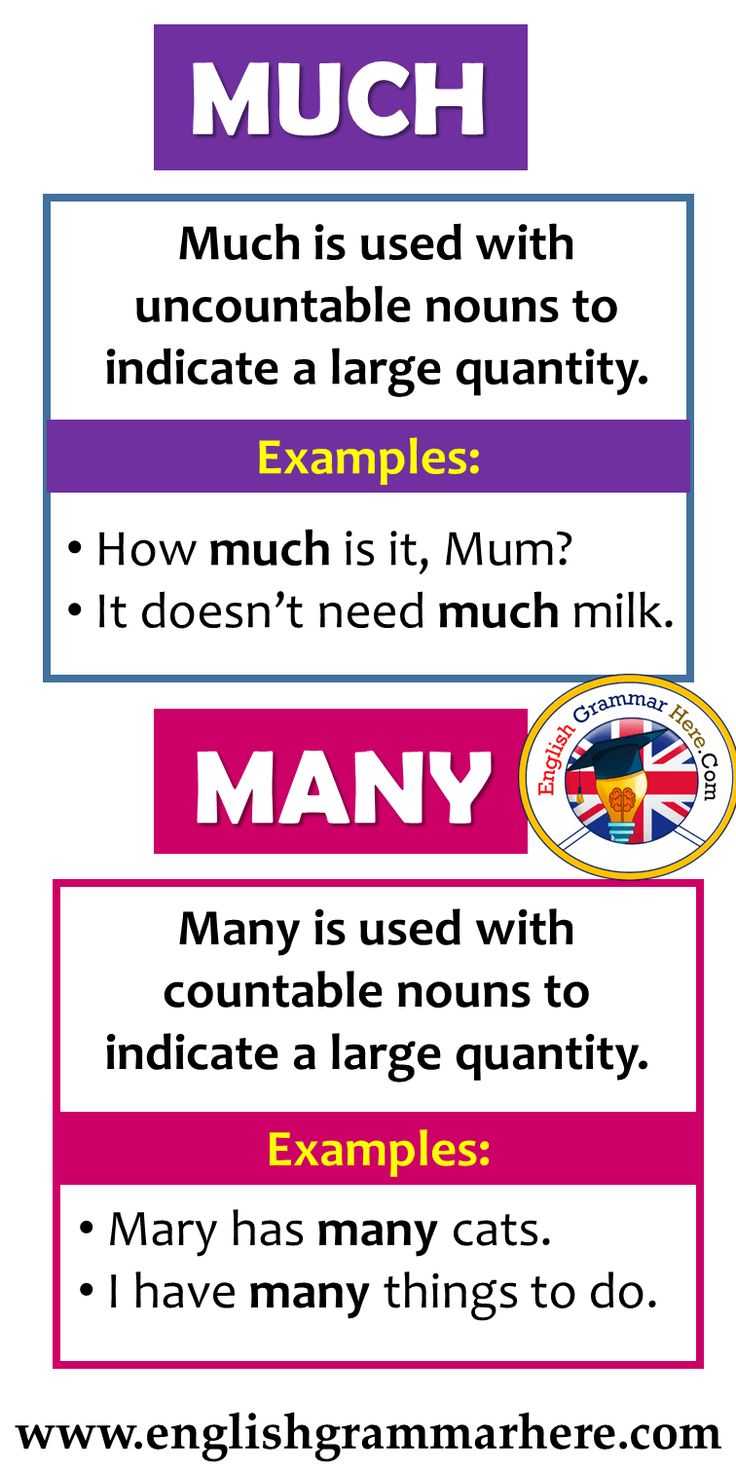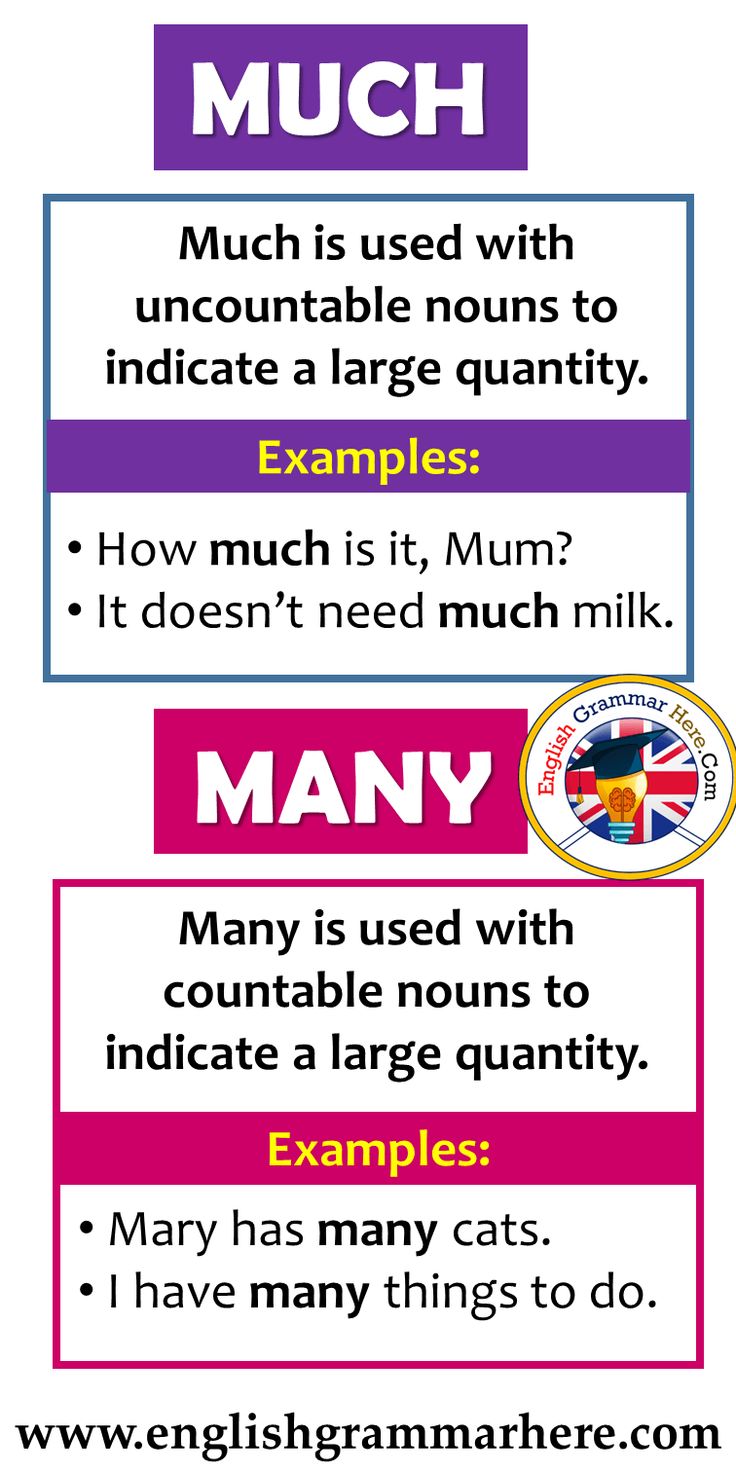How Much Does A Jeep Wrangler Cost To Lease?
How Much Does A Jeep Wrangler Cost To Lease? jeeps.truckstrend.com
The allure of a Jeep Wrangler is undeniable. Its iconic design, legendary off-road capability, and open-air freedom make it a dream vehicle for many. While purchasing a Wrangler outright is a significant investment, leasing offers an attractive alternative, providing a path to experience this adventurous vehicle with potentially lower monthly payments and more flexibility. But the burning question for many prospective drivers is: "How much does a Jeep Wrangler cost to lease?"
Leasing a Jeep Wrangler involves more than just a single price tag; it’s a complex equation influenced by numerous factors, including the vehicle’s trim level, your credit score, the lease term, mileage allowance, and current market conditions. This comprehensive guide will break down the intricacies of leasing a Jeep Wrangler, helping you understand the costs involved, navigate the process, and ultimately determine if it’s the right financial path for your adventurous spirit.
How Much Does A Jeep Wrangler Cost To Lease?
Understanding the Core Components of a Jeep Wrangler Lease Cost
To truly grasp how much a Jeep Wrangler costs to lease, it’s essential to understand the key variables that dictate your monthly payment. Unlike a purchase where you pay for the entire vehicle, a lease payment primarily covers the depreciation of the vehicle during the lease term, plus interest and fees.
- MSRP (Manufacturer’s Suggested Retail Price) / Capitalized Cost: This is the starting price of the Jeep Wrangler, often referred to as the "capitalized cost" in a lease agreement. The higher the MSRP of the trim level and options you choose (e.g., a basic Sport vs. a fully loaded Rubicon 392), the higher your monthly payment will be. Negotiating this price down, even slightly, can significantly impact your lease cost.
- Residual Value: This is the projected value of the Jeep Wrangler at the end of your lease term, expressed as a percentage of the MSRP. A higher residual value means the vehicle is expected to depreciate less, which translates to lower monthly lease payments for you. Jeep Wranglers generally hold their value well, often leading to competitive lease rates compared to some other vehicles.
- Money Factor (Lease Interest Rate): Often expressed as a very small decimal (e.g., 0.00200), the money factor is essentially the interest rate on your lease. To convert it to an equivalent annual percentage rate (APR), multiply it by 2400 (e.g., 0.00200 x 2400 = 4.8% APR). A lower money factor means less interest paid over the lease term. Your credit score significantly impacts the money factor you qualify for.
- Lease Term: This is the duration of your lease agreement, typically 24, 36, or 48 months. Shorter terms generally result in higher monthly payments (as the depreciation is compressed into fewer months) but also mean you get a new car more frequently. Longer terms spread out the depreciation, often leading to lower monthly payments, but you’ll drive the same vehicle for a longer period.
- Mileage Allowance: Lease agreements come with annual mileage limits (e.g., 10,000, 12,000, or 15,000 miles per year). Going over this limit incurs an excess mileage penalty, usually ranging from $0.15 to $0.25 per mile. Accurately estimating your annual driving habits is crucial to avoid costly surprises at the end of the lease.
- Down Payment / Capitalized Cost Reduction: While not always required, making a down payment (or "capitalized cost reduction") lowers the total amount financed, thereby reducing your monthly lease payment. However, it’s important to consider that if the vehicle is totaled early in the lease, you may lose that upfront money. Many experts advise against large down payments on leases.
- Taxes and Fees: Various fees are associated with leasing, including:
- Acquisition Fee: An administrative fee charged by the leasing company (typically $595 – $995).
- Documentation Fee: A dealer fee for processing paperwork.
- Registration and License Fees: Standard fees for vehicle registration in your state.
- Sales Tax: Applied to your monthly payment or the total lease amount, depending on your state’s laws.
- Disposition Fee: Charged at the end of the lease if you don’t purchase the vehicle (typically $300 – $500).



Typical Monthly Lease Payments for Different Jeep Wrangler Trims
The cost to lease a Jeep Wrangler varies significantly based on the trim level. Here’s a general breakdown of what you might expect for common models. Please note these are estimates based on current market trends (as of late 2023/early 2024) for a 36-month lease with 10,000-12,000 miles per year and good credit, assuming a moderate down payment ($2,000 – $3,000) or equivalent drive-off fees. Actual prices will vary by region, dealer, incentives, and your specific credit profile.
- Jeep Wrangler Sport/Sport S (2-Door/Unlimited):
- Starting MSRP: ~$32,000 – $38,000
- Estimated Monthly Payment: $399 – $550+
- This is the entry-level option, offering the most affordable lease payments. The 2-door version will generally be cheaper than the 4-door Unlimited.
- Jeep Wrangler Sahara (Unlimited):
- Starting MSRP: ~$47,000 – $55,000
- Estimated Monthly Payment: $550 – $750+
- The Sahara adds more comfort, technology, and premium features, increasing its lease cost.
- Jeep Wrangler Rubicon (2-Door/Unlimited):
- Starting MSRP: ~$49,000 – $58,000
- Estimated Monthly Payment: $600 – $850+
- The Rubicon is the most off-road capable trim, featuring specialized hardware that drives up its price and, consequently, its lease payments.
- Jeep Wrangler 4xe (Plug-in Hybrid – Unlimited):
- Starting MSRP: ~$52,000 – $65,000
- Estimated Monthly Payment: $580 – $899+
- The 4xe often benefits from higher residual values and potential federal tax credits (which can sometimes be factored into the lease by the lender), making its lease payments surprisingly competitive despite its higher MSRP.
Understanding the Lease Agreement Components
Beyond the monthly payment, it’s crucial to understand the specifics of the lease agreement:
- Wear and Tear Guidelines: Leasing companies have standards for "normal wear and tear." Anything beyond this, such as significant dents, scratches, stained upholstery, or non-factory modifications, can result in charges at lease end.
- Excess Mileage Penalties: As mentioned, going over your agreed-upon mileage limit will incur a per-mile charge.
- Early Termination Penalties: Breaking a lease early can be very expensive, often requiring you to pay the remaining lease payments, disposition fees, and potentially other charges. Only terminate early if absolutely necessary.
Benefits of Leasing a Jeep Wrangler
Leasing a Wrangler can be an appealing option for several reasons:
- Lower Monthly Payments: Compared to financing a purchase, lease payments are typically lower because you’re only paying for the depreciation during the lease term, not the entire vehicle cost.
- New Vehicle More Often: Leasing allows you to drive a new vehicle every few years, giving you access to the latest features, safety technology, and styling without the long-term commitment of ownership.
- Warranty Coverage: Your leased Wrangler will almost always be under the manufacturer’s warranty for the entire lease term, minimizing unexpected repair costs.
- No Resale Hassle: At the end of the lease, you simply return the vehicle to the dealership (after addressing any excess wear or mileage), avoiding the complexities of selling a used car.
- Potential Tax Advantages: For business owners, lease payments may be tax-deductible. Consult a tax professional for details.
Drawbacks of Leasing a Jeep Wrangler
While attractive, leasing also comes with its downsides:
- No Ownership Equity: You don’t own the vehicle and therefore don’t build equity. All your payments go towards using the car, not owning it.
- Mileage Restrictions: If you frequently take long road trips or commute extensively, mileage limits can be a significant constraint and lead to expensive penalties.
- Wear and Tear Charges: While minor wear is allowed, anything beyond "normal" can result in fees at lease end. This can be a concern for a vehicle like the Wrangler, which is often used for rugged activities.
- Expensive Early Termination: If your circumstances change and you need to get out of the lease early, the penalties can be substantial.
- Customization Limitations: Modifying a leased Wrangler (e.g., lift kits, larger tires, aftermarket bumpers) is generally not allowed or could incur significant costs to revert the vehicle to stock condition at lease end.
Tips for Getting the Best Lease Deal on a Jeep Wrangler
Securing a favorable lease deal requires research and negotiation:
- Shop Around: Get quotes from multiple dealerships and even third-party lease brokers. Competition can drive down prices.
- Negotiate the Capitalized Cost (MSRP): Even though you’re leasing, the lower the initial price of the vehicle, the lower your payments will be. Treat it like a purchase negotiation.
- Understand the Money Factor: Don’t just focus on the monthly payment. Ask for the money factor and compare it across different offers. A lower money factor means less interest.
- Look for Lease Specials: Automakers and dealerships frequently offer special lease programs with subsidized money factors or higher residual values, especially on popular models like the Wrangler.
- Know Your Desired Mileage: Be realistic about how many miles you drive annually to choose the appropriate mileage allowance and avoid penalties.
- Review the Fine Print: Before signing, meticulously read the entire lease agreement. Understand all fees, penalties, and terms.
- Improve Your Credit Score: A strong credit score (typically 700+) will qualify you for the best money factors and terms.
Leasing vs. Buying: Which is Right for Your Wrangler Dream?
Deciding between leasing and buying a Jeep Wrangler depends on your lifestyle, financial goals, and how you plan to use the vehicle.
- Lease if: You prefer lower monthly payments, enjoy driving a new car every few years, want to avoid maintenance costs (due to warranty coverage), and don’t plan to drive excessive miles or heavily customize your Wrangler.
- Buy if: You want to build equity, drive unlimited miles, customize your vehicle extensively, prefer to own outright, or plan to keep the vehicle for many years beyond a typical lease term.
Jeep Wrangler Lease Price Table (Estimated)
The following table provides estimated monthly lease payments for popular Jeep Wrangler trims. These estimates are for a 36-month lease with 12,000 miles/year, assuming good credit (Tier 1/Excellent) and an initial drive-off payment equivalent to about $2,000 – $3,000 (which may include the first month’s payment, acquisition fee, and some upfront taxes/fees). These figures are illustrative and subject to significant change based on market conditions, specific dealer incentives, and your individual credit profile.
| Jeep Wrangler Trim (Unlimited 4-Door) | Estimated MSRP Range | Estimated Monthly Payment (36-mo, 12k mi/yr) | Estimated Drive-Off Cost (Approx.) | Key Notes / Assumptions |
|---|
How Much Does A Jeep Wrangler Cost To Lease? Your Comprehensive Guide to Unlocking the Iconic Off-Roader’s Lease Potential
The Jeep Wrangler. It’s more than just a vehicle; it’s a statement, a lifestyle, and an unparalleled symbol of adventure. Its distinctive silhouette, removable doors and roof, and legendary off-road prowess have cemented its status as an automotive icon. For many, the dream of owning a Wrangler is strong, but the upfront cost can be a significant hurdle. This is where leasing enters the picture, offering an attractive and often more accessible pathway to get behind the wheel of this rugged legend.
Leasing a Jeep Wrangler allows you to experience the thrill of this unique SUV without the long-term commitment or the hefty purchase price. Instead of buying the entire vehicle, you essentially pay for its depreciation during a specified term, plus interest and fees. This guide will delve deep into the question of "How much does a Jeep Wrangler cost to lease?", dissecting the various factors that influence the price, providing practical insights, and offering a clear understanding of what to expect when you embark on your Wrangler leasing journey.
Deconstructing the Price: Key Factors Influencing Your Jeep Wrangler Lease Cost
Understanding the mechanics of a lease is crucial to finding the best deal. Several variables combine to determine your monthly payment and overall lease cost.
1. The Vehicle’s Value: MSRP and Capitalized Cost
At the heart of any lease calculation is the Manufacturer’s Suggested Retail Price (MSRP) of the specific Jeep Wrangler model and trim you choose. This figure, often referred to as the "capitalized cost" in a lease agreement, is the starting point for depreciation. A bare-bones Wrangler Sport will naturally have a lower capitalized cost than a fully-loaded Rubicon 392 or a feature-rich Sahara 4xe. Just like a purchase, you can negotiate this capitalized cost with the dealership, and even a small reduction here can lead to noticeable savings over the lease term.
2. What It’s Worth Later: Residual Value
The residual value is a critical component of leasing. It represents the estimated wholesale value of the vehicle at the end of your lease term, expressed as a percentage of the MSRP. For instance, if a Wrangler has an MSRP of $50,000 and a 60% residual value after 36 months, its projected value at lease end is $30,000. Your monthly payment largely covers the difference between the capitalized cost and this residual value (the depreciation), plus finance charges.
Jeep Wranglers are renowned for their strong resale value, which translates to higher residual values compared to many other vehicles. This inherent strength in holding value often makes Wrangler leases more competitive, as the amount you’re paying for depreciation is lower.
3. The Cost of Borrowing: Money Factor
The "money factor" is the leasing world’s equivalent of an interest rate. It’s typically expressed as a very small decimal (e.g., 0.00200). To get a rough idea of the equivalent annual percentage rate (APR), you can multiply the money factor by 2400 (e.g., 0.00200 x 2400 = 4.8% APR). A lower money factor means you’ll pay less in finance charges over the life of the lease. Your credit score is the primary determinant of the money factor you qualify for; excellent credit will unlock the most favorable rates.
4. How Long You’ll Drive It: Lease Term
Lease terms commonly range from 24 to 48 months, with 36 months being the most popular. A shorter term generally results in higher monthly payments because the vehicle’s depreciation is compressed into fewer months. Conversely, a longer term spreads out the depreciation, leading to lower monthly payments. However, longer terms also mean you’ll be driving an older vehicle for a longer period and potentially dealing with maintenance outside of the manufacturer’s warranty.
5. How Far You’ll Drive It: Mileage Allowance
Every lease agreement includes an annual mileage limit, typically 10,000, 12,000, or 15,000 miles per year. Exceeding this limit can lead to costly penalties, often ranging from $0.15 to $0.25 per mile. It’s crucial to accurately assess your driving habits to select an appropriate mileage allowance. Overestimating might mean slightly higher payments, but underestimating could lead to hundreds or even thousands of dollars in fees at lease end.
6. Upfront Cash: Down Payment (Capitalized Cost Reduction)
A down payment, or "capitalized cost reduction," lowers the total amount financed, thereby reducing your monthly lease payment. While it makes monthly payments more affordable, financial experts often advise against making large down payments on leases. If the vehicle is stolen or totaled early in the lease, you could lose that upfront cash, as your insurance payout might go to the leasing company. It’s generally safer to put down only the required drive-off fees (first month’s payment, acquisition fee, registration, etc.).
7. The Hidden Costs: Taxes and Fees
Beyond the core components, several fees contribute to the overall lease cost:
- Acquisition Fee: An administrative fee charged by the leasing company, typically ranging from $595 to $995.
- Documentation Fee: A dealer-specific fee for processing paperwork.
- Registration and License Fees: Standard state-mandated fees for vehicle registration.






